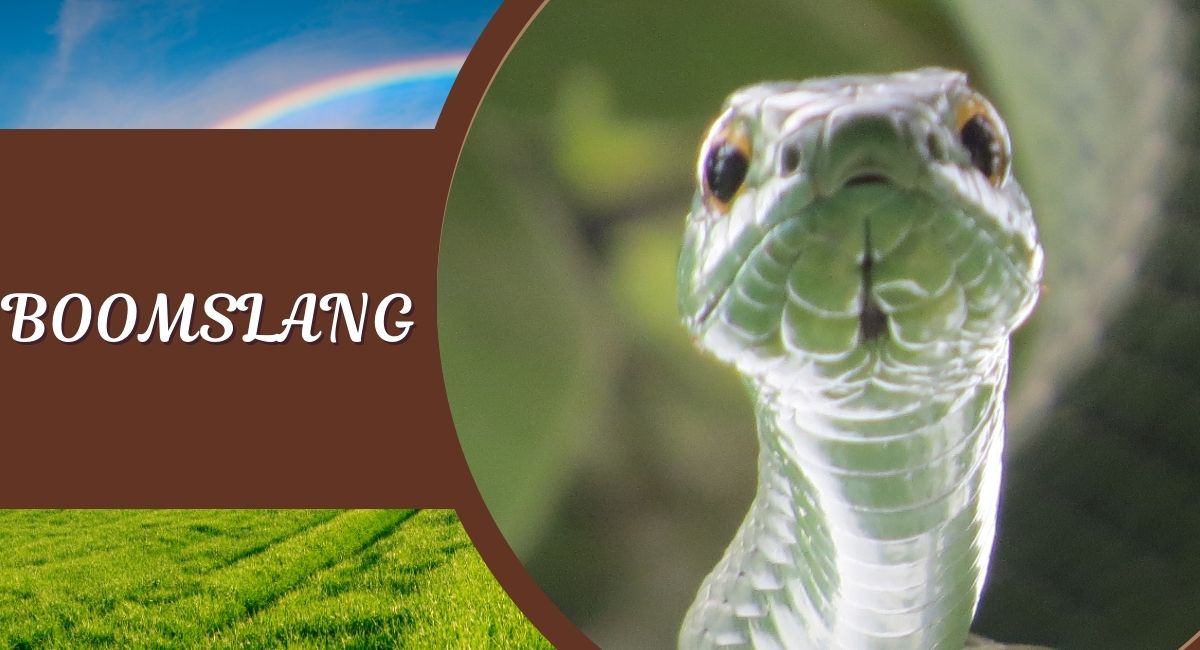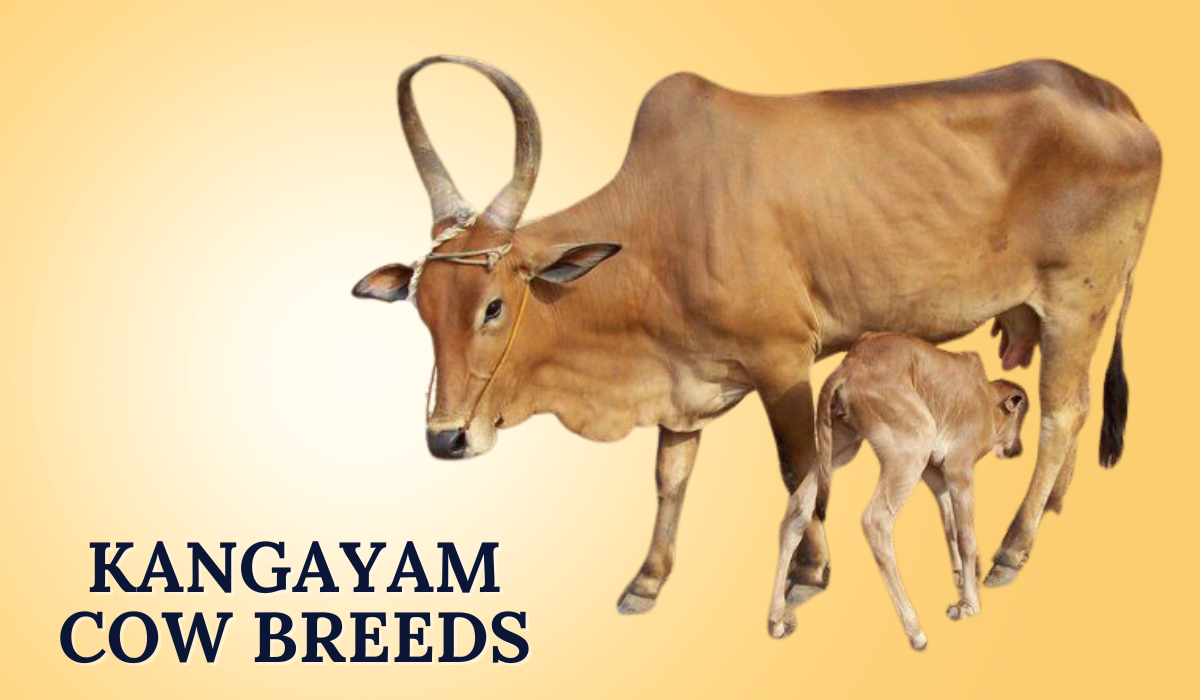The boomslang (Dispholidus typus) is one of Africa’s most captivating snakes. It is renowned for its vibrant colors, large eyes, and potent venom. This slender, tree-dwelling snake is native to sub-Saharan Africa. It blends seamlessly into its leafy surroundings, making it a master of camouflage. The boomslang is an efficient ambush predator.
Its rear-fanged venom delivery system is highly specialized. The snake can strike with remarkable precision. Its hemotoxic venom impacts the blood’s clotting ability. Despite this, the boomslang is generally shy and avoids human contact.
Though often misunderstood, the boomslang plays an essential ecological role. It helps control populations of birds, lizards, and small mammals. Its bright green or brown coloration acts as effective camouflage. This helps it hunt unseen in the trees.
The boomslang’s adaptations showcase the balance of beauty and danger in nature. It illustrates the complexity and harmony of Africa’s ecosystems. This article delves into its physical traits, behavior, and habitat. It also covers its diet, reproduction, and conservation status. The boomslang is a remarkable African reptile worthy of appreciation.
Boomslang: The Stealthy and Venomous Snake of Africa
Characteristics and Physical Description
The boomslang is a slender, medium-sized snake. It is one of the Deadliest Snakes In The World. Its length typically ranges from 3 to 5 feet (0.9 to 1.5 meters). However, some individuals can grow up to 6 feet (1.8 meters). This snake is easily recognized by its large, distinctive eyes. These eyes provide excellent vision, which is crucial for hunting in trees.
The boomslang’s color varies based on age and gender. Juveniles usually have a light brown or gray hue. Adult males often develop a bright green color with black interscales. This helps them blend effortlessly with the surrounding foliage.
Female boomslangs tend to be more olive-brown, further enhancing their camouflage. One of the boomslang’s most notable features is its rear-fanged anatomy, a characteristic uncommon in most highly venomous snakes. The boomslang’s fangs are located toward the back of its jaw, and it must open its mouth wide to effectively deliver venom. While the boomslang’s venom is potent, the Deadliest Snakes In The World is generally shy and prefers to avoid human encounters. However, when threatened, it can flatten its neck to display a broad, hood-like appearance, signaling its readiness to defend itself.
Venom and its Effects
The boomslang has highly toxic venom classified as hemotoxic. This type of venom disrupts the blood’s ability to clot. It can cause severe internal bleeding. Hemotoxic venom is particularly dangerous because it affects blood vessels and tissues. This can lead to hemorrhage and, if untreated, potentially death.
Initial symptoms may include headaches, nausea, and a drop in blood pressure. These can progress to severe bleeding from various parts of the body. Unlike other venomous snakes, the boomslang’s bite symptoms take hours to manifest. This delay makes it challenging for victims to recognize the severity of the bite immediately.
Fortunately, boomslang bites on humans are rare, as these Deadliest Snakes In The World are typically reclusive and avoid conflict. The development of effective antivenom has significantly reduced fatalities from boomslang bites, though prompt treatment remains crucial. Due to the slow-acting nature of the venom, victims have a window of opportunity to seek medical assistance, which has improved survival rates.
Habitat and Distribution
The boomslang is native to sub-Saharan Africa, with a range that extends through various countries, including South Africa, Botswana, Namibia, Zimbabwe, and Kenya. It primarily inhabits savannas, bushlands, and forested areas where trees and bushes provide ample cover and hunting grounds. As an arboreal species, the boomslang spends much of its life in trees, descending only occasionally to the ground. This preference for elevated habitats helps it avoid many ground-dwelling predators and allows it to stalk prey with minimal detection.
Boomslangs are highly adaptable and have been found in both dense woodlands and open grasslands. Their remarkable camouflage and quiet movements enable them to thrive in a range of environments, even those where human activity has altered natural landscapes. In suburban areas near forests or woodlands, boomslangs may be spotted occasionally, though they rarely pose a threat to humans due to their shy nature.
Diet and Hunting Behavior
Boomslangs are primarily carnivorous, with a diet that consists mainly of small vertebrates such as birds, lizards, frogs, and occasionally small mammals. They are skillful hunters, using their excellent eyesight to locate prey from a distance. Boomslangs are ambush predators, patiently waiting for an opportune moment before striking swiftly. Once the prey is within reach, the boomslang delivers a bite that injects venom, quickly immobilizing the target.
The boomslang’s ability to camouflage among leaves and branches allows it to approach prey without being detected. Its large eyes give it a keen sense of depth perception, helping it judge distances accurately, which is vital for striking with precision. After delivering the venomous bite, the boomslang waits for the prey to succumb before swallowing it whole. This effective hunting strategy makes the boomslang a formidable predator in its ecosystem.
Reproduction and Lifespan
Boomslangs are oviparous, meaning they lay eggs rather than giving birth to live young. The breeding season typically occurs during the warmer months, when males seek out females and engage in courtship displays. After mating, females lay clutches of up to 20 eggs in hidden locations, such as within dense vegetation or under decaying logs, providing a secure environment for the eggs to incubate.
The eggs take several months to hatch, with the hatchlings emerging fully equipped with venom and the necessary instincts to survive. Baby boomslangs are independent from birth, relying on their innate hunting abilities and camouflage to evade predators. Boomslangs have an average lifespan of 8 to 12 years in the wild, though they can live longer in captivity with proper care.
Conservation Status and Threats
The boomslang is not currently considered endangered, and it holds a stable conservation status. However, it faces challenges such as habitat loss due to deforestation and urban expansion. While the snake’s arboreal lifestyle allows it to adapt to a certain extent, significant habitat fragmentation could impact local populations. Additionally, boomslangs are sometimes killed out of fear or misunderstanding, though they pose minimal threat to humans when left undisturbed.
Conservation efforts that focus on habitat protection and educating communities about the boomslang’s behavior and ecological role are essential for its continued survival. By reducing unnecessary killings and preserving natural habitats, we can ensure that the boomslang continues to thrive as a vital part of its ecosystem.
Interesting Facts About the Boomslang
- Exceptional Vision: Boomslangs have some of the largest eyes relative to head size among Deadliest Snakes In The World, allowing for excellent vision, especially suited for detecting movement in trees.
- Rear-Fanged Snake: Unlike most venomous snakes, boomslangs have rear-positioned fangs, which require them to open their mouths wide to deliver venom effectively.
- Color Variations: Male and female boomslangs have distinct coloration; males are often bright green while females are usually brown or olive, enhancing camouflage.
- Slow-Attack Venom: The boomslang’s venom acts slowly, sometimes taking hours for symptoms to appear, which can mislead bite victims about the severity of the bite.
- Camouflage Masters: Their coloration and quiet movement through trees make boomslangs nearly invisible, helping them avoid predators and surprise prey.
- Shy and Reclusive: Despite its venomous bite, the boomslang prefers to avoid human encounters and will generally flee rather than confront.
- Effective Pest Control: Boomslangs help control populations of birds, frogs, and other small vertebrates, playing a valuable role in balancing ecosystems.
- Single Strike for Prey: Boomslangs strike their prey once, injecting venom and then releasing, rather than holding onto the prey, minimizing their own risk.
- Unique Egg-Laying: Females lay eggs in secure, hidden areas, and the young boomslangs are born fully venomous, aiding their survival.
- Distinctive Hood Display: When threatened, the boomslang can flatten its neck to form a hood-like display, similar to cobras, to intimidate predators.
Conclusion
The boomslang is a remarkable example of deadliest snake in the world & nature’s adaptability and resilience. The boomslang is known for its stealthy hunting techniques and slow-acting venom. This snake has evolved to survive and thrive in diverse African habitats. While often feared due to its venom, the boomslang is generally non-aggressive. It prefers to avoid confrontation with humans.
Protecting its habitat is crucial for the species’ future. Promoting awareness about its role in controlling small animal populations is equally important. By understanding its ecological contributions, we can appreciate the boomslang’s significance. It is not just a venomous snake but also a key player in Africa’s biodiversity.



